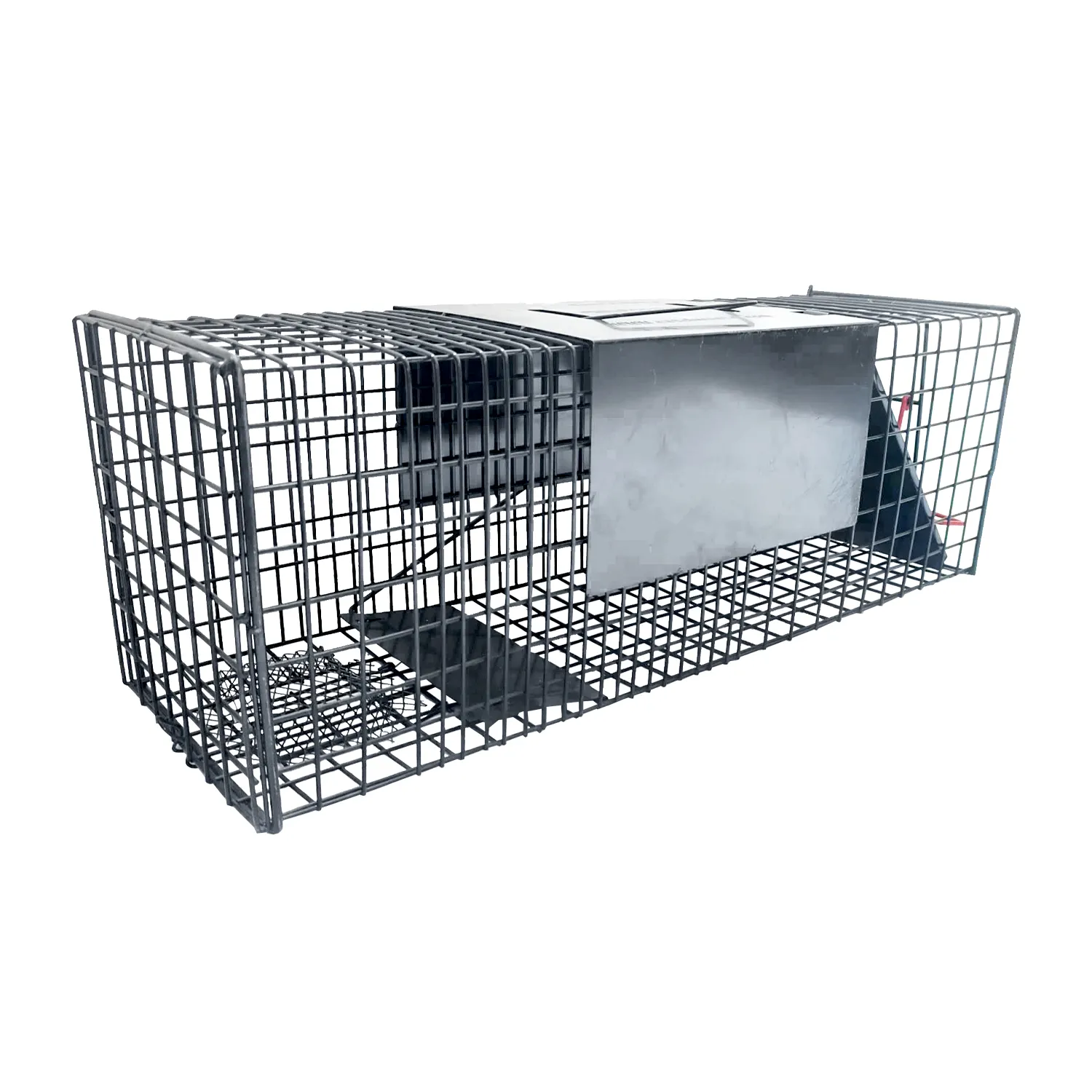Creating the perfect home for your pet mouse involves careful consideration of various factors, with cleanliness and maintenance being paramount. Mouse cages come in numerous styles and designs, but choosing one that's easy to clean can make a significant difference in both your pet's health and your daily routine. Understanding the key features that make mouse cages more manageable will help you make an informed decision and ensure a happy home for your small furry friend.
The right cage not only provides a comfortable living space but also simplifies your role as a pet owner. When maintenance becomes effortless, you can spend more quality time bonding with your pet instead of struggling with complicated cleaning procedures. Let's explore the essential aspects of selecting mouse cages that combine functionality with easy maintenance.
The material of mouse cages plays a crucial role in determining how easy they are to clean. Glass aquariums and plastic habitats each have their merits, but wire cages with solid plastic bases often prove most practical. These hybrid designs combine excellent ventilation with easy-to-clean surfaces that resist absorption of odors and liquids.
High-quality mouse cages typically feature materials that don't harbor bacteria or absorb unpleasant smells. Stainless steel wire components resist rust and can be sanitized thoroughly, while smooth plastic bases prevent waste from becoming trapped in corners or crevices. When selecting materials, look for those that won't deteriorate with regular cleaning and won't react negatively to safe cleaning solutions.
The most practical mouse cages incorporate multiple access points and easily removable parts. Wide-opening doors allow you to reach every corner without awkward maneuvering, while detachable roofs provide full access for deep cleaning sessions. Components that separate easily without tools make regular maintenance less time-consuming.
Consider cages with removable base trays that slide out smoothly for quick bedding changes. This feature alone can significantly reduce your daily cleaning time. Additionally, look for mouse cages where accessories like water bottles, feed bowls, and exercise wheels can be quickly detached for thorough cleaning.

Deep base trays in mouse cages serve multiple purposes: they contain bedding effectively, prevent scatter, and make cleaning more manageable. The ideal base depth should be at least 4-5 inches to accommodate proper bedding levels while minimizing the frequency of complete cleanouts. Rounded corners in the base design prevent waste accumulation and make wiping down surfaces much easier.
Some advanced mouse cages feature innovative waste management systems, such as grated floors with collection trays underneath. While these can be helpful, ensure they're designed with proper spacing to prevent injury to your pet's feet while still effectively separating waste from living areas.
Proper airflow in mouse cages helps control humidity and reduces odors, ultimately making maintenance easier. Wire cage tops provide excellent ventilation while allowing easy monitoring of your pet. The ideal design balances air circulation with draft prevention to keep your mouse comfortable and healthy.
Look for mouse cages with strategic ventilation placement that doesn't compromise structural integrity or cleaning accessibility. Some models feature removable ventilation panels that can be thoroughly cleaned without dismantling the entire cage.
The best mouse cages include thoughtful storage solutions for essential supplies. Built-in holders for water bottles and feed containers help prevent spills and make daily maintenance more efficient. Some designs incorporate external attachment points for accessories, keeping the interior space clear and easier to clean.
Consider cages with designated areas for storing backup supplies or cleaning tools. This organization helps streamline your maintenance routine and ensures you always have necessary items within reach. Look for features like integrated food storage compartments that prevent scatter and reduce waste.
While larger mouse cages provide more living space, they should still be designed with efficient cleaning in mind. Multi-level configurations can maximize living area without creating hard-to-reach spaces. Ensure platforms and ramps can be easily removed and cleaned, with smooth surfaces that don't trap debris.
The ideal cage size balances your mouse's need for exercise space with practical maintenance considerations. Remember that bigger isn't always better if the design makes thorough cleaning difficult or time-consuming.
Regular maintenance should include daily spot cleaning of soiled bedding and food debris, while a complete cage cleaning with thorough disinfection should be performed weekly. The frequency may need adjustment based on the number of mice and the cage's design features.
Use mild, unscented dish soap for regular cleaning and a pet-safe disinfectant for deeper sanitization. Avoid harsh chemicals or strong-smelling cleaners as these can be harmful to your mouse. Always rinse thoroughly and ensure the cage is completely dry before adding fresh bedding.
Paper-based bedding materials are highly absorbent and easy to spot-clean. Look for dust-free options that compress well for disposal and don't stick to cage surfaces. Avoid wood shavings from cedar or pine, as these can contain harmful oils and are more difficult to clean effectively.
 Hot News
Hot News
Copyright © 2024 Top Trust Biotechnology Co., Ltd All Rights Reserved Privacy policy